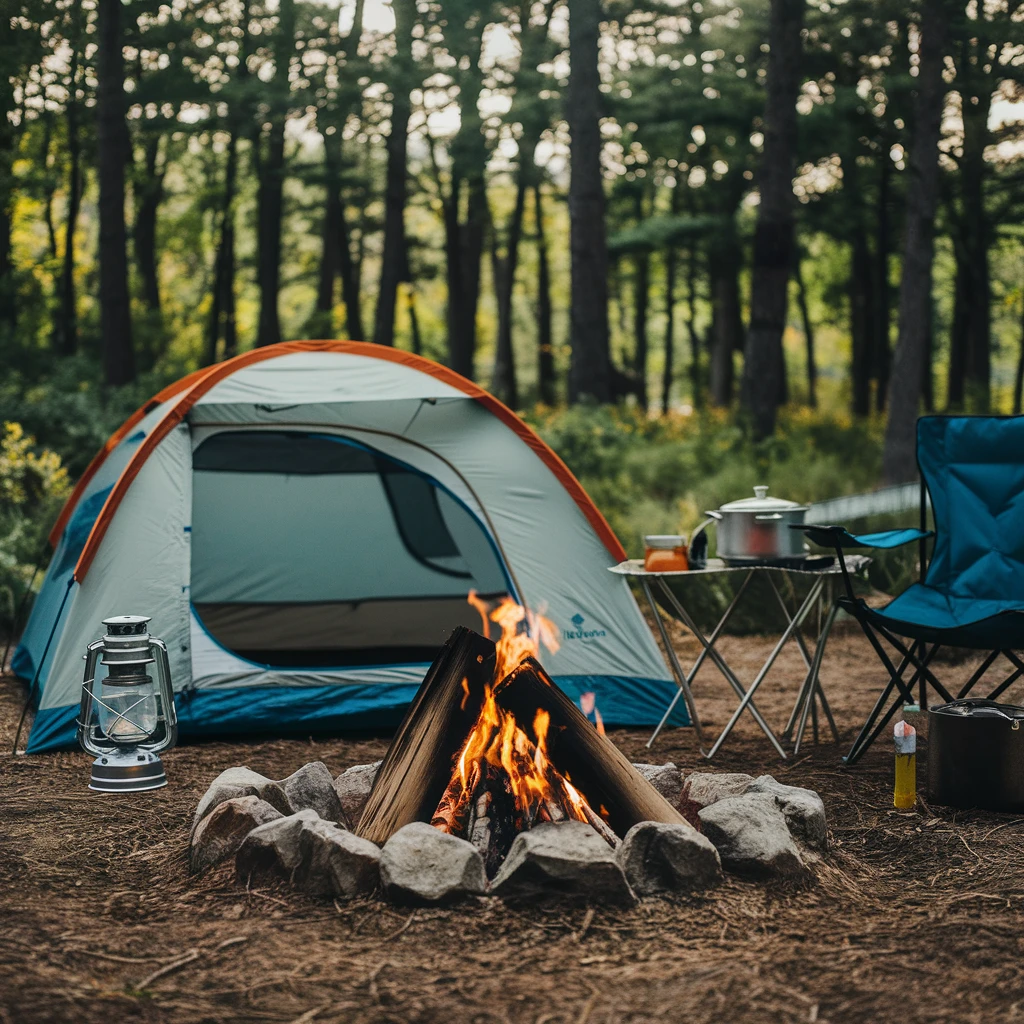Dual Battery Systems - How do they work?
Off-road touring is a lot more comfortable than it used to be thanks to modern equipment and accessories. Compact fridges, LED lighting and other technology guarantee you a comfortable camping experience – as long as you have enough power to keep it all running. The trouble is, running all those toys when you’re parked up for the night can give your battery a real beating, and you won’t be so happy if you try to start the engine in the morning and there isn’t enough charge left to turn it over.
The solution to your gadgets’ power consumption is to fit your wagon with a dual battery system. With two batteries you can use one to power as many accessories as you like, and have the other in reserve, fully charged, so you know you’ll always be able to get your engine started.
Setting up a simple dual battery system isn’t all that hard, as long as you have the right tools and some basic electrical knowledge – it’s definitely within reach of most 4wd enthusiasts. At its simplest all you need to do is fit another battery in there and wire it up in parallel, but we don’t recommend you do this. For a proper dual battery setup you need to keep them separate – so your accessories don’t drain them both – but also allow the engine to charge both when it’s running.
To do this you need a battery isolator, also known as a solenoid. This protects the start battery from being run down, but lets the other one power all your stuff. You’ll also need a dual battery tray and the right cables. You can get the isolator as a kit that has all the wiring you’ll need, and trays are available to suit most common vehicles.
The first thing to do is get the tray mounted. Exactly how this works will depend on your vehicle, but you should get instructions with the tray. Next, get the battery in there. Now you need to plan your installation. Lay the isolator and cables out roughly inside the engine bay to give you an idea how it’s all going to fit together.
Next you can mount the isolator. This needs to be properly earthed, so if you can use an existing screw hole that’s ideal. Make sure the earth has a good contact with bare metal. Once that’s done, connect the two terminals of the isolator to the positive terminal of each battery. One of the isolator’s terminals will have a sensor built into it; check the manual to find out which one. This one should be attached to your starting battery, and the other one connects to your auxiliary battery. You’ll need a 100amp fuse in each connection; either use a fuse box, or get cables with fusible links.
Now wire up the rest of the circuit as described in the isolator’s manual. These do vary a bit between models, but basically you’re putting the isolator into the standard connection between the battery positive terminal and the vehicle wiring. The alternator will charge the starting battery until it’s topped up, then switch to charging the auxiliary battery. That way you’re always guaranteed to have power to start the engine when you need it.







